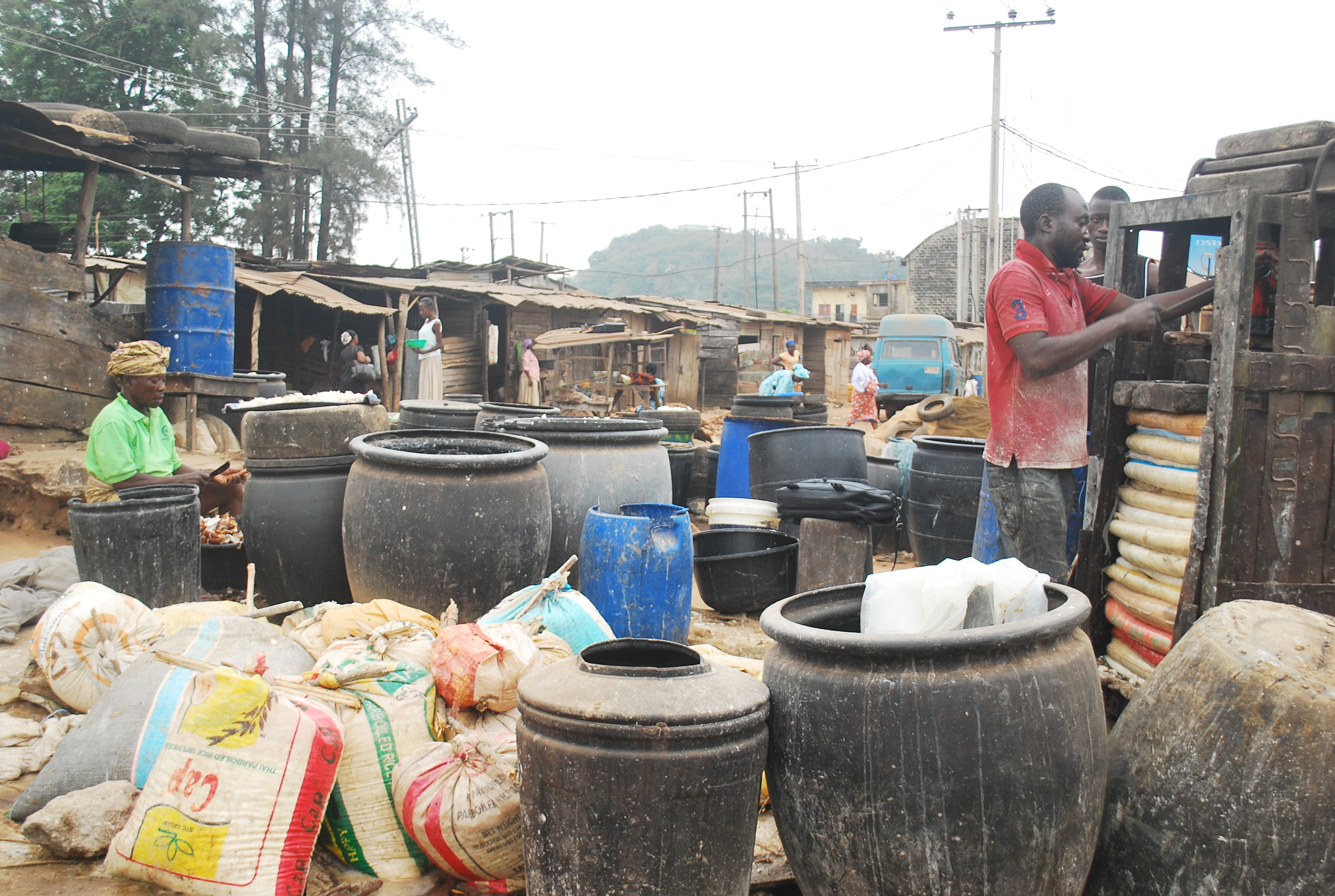|
Vicianin
Vicianin is a cyanogenic In chemistry, cyanide () is an inorganic chemical compound that contains a functional group. This group, known as the cyano group, consists of a carbon atom triple-bonded to a nitrogen atom. Salt (chemistry), Ionic cyanides contain the cyanid ... disaccharide. The enzyme vicianin beta-glucosidase uses (''R'')-vicianin and H2O to produce mandelonitrile and vicianose. It is found in seeds of '' Vicia angustifolia''. References Cyanogenic glycosides {{aromatic-stub ... [...More Info...] [...Related Items...] OR: [Wikipedia] [Google] [Baidu] |
Amygdalin
Amygdalin (from Ancient Greek: ' 'almond') is a naturally occurring chemical compound found in many plants, most notably in the seeds (kernels, pips or stones) of apricots, bitter almonds, apples, peaches, cherries and plums, and in the roots of manioc. Amygdalin is classified as a cyanogenic glycoside, because each amygdalin molecule includes a nitrile group, which can be released as the toxic cyanide anion by the action of a beta-glucosidase. Eating amygdalin will cause it to release cyanide in the human body, and may lead to cyanide poisoning. Since the early 1950s, both amygdalin and a chemical derivative named ''laetrile'' have been promoted as alternative cancer treatments, often under the misnomer vitamin B17 (neither amygdalin nor laetrile is a vitamin). Scientific study has found them to not only be clinically ineffective in treating cancer, but also potentially toxic or lethal when taken by mouth due to cyanide poisoning. The promotion of laetrile to treat cancer ... [...More Info...] [...Related Items...] OR: [Wikipedia] [Google] [Baidu] |
Vicianin Beta-glucosidase
The enzyme vicianin β-glucosidase () catalyzes the following chemical reaction: :(''R'')-vicianin + H2O \rightleftharpoons mandelonitrile + vicianose It belongs to the family of hydrolases, specifically those glycosidases that hydrolyse ''O''- and ''S''-glycosyl compounds. The systematic name A systematic name is a name given in a systematic way to one unique group, organism, object or chemical substance, out of a specific population or collection. Systematic names are usually part of a nomenclature. A semisystematic name or semitrivi ... is (''R'')-vicianin β-D-glucohydrolase. It is also called vicianin hydrolase. References * EC 3.2.1 Enzymes of unknown structure {{3.2-enzyme-stub ... [...More Info...] [...Related Items...] OR: [Wikipedia] [Google] [Baidu] |
Vicianose
Vicianose is a disaccharide. Vicianin is a cyanogenic glycoside containing vicianose. The enzyme vicianin beta-glucosidase The enzyme vicianin β-glucosidase () catalyzes the following chemical reaction: :(''R'')-vicianin + H2O \rightleftharpoons mandelonitrile + vicianose It belongs to the family of hydrolases, specifically those glycosidases that hydrolyse ''O''- ... uses (''R'')-vicianin and water to produce mandelonitrile and vicianose. The fruits of '' Viburnum dentatum'' appear blue. One of the major pigments is cyanidin 3-vicianoside, but the total mixture is very complex. References Disaccharides {{Carbohydrate-stub ... [...More Info...] [...Related Items...] OR: [Wikipedia] [Google] [Baidu] |
Cyanogenic
In chemistry, cyanide () is an inorganic chemical compound that contains a functional group. This group, known as the cyano group, consists of a carbon atom triple-bonded to a nitrogen atom. Salt (chemistry), Ionic cyanides contain the cyanide anion . This anion is Cyanide poisoning, extremely poisonous. Soluble cyanide Salt (chemistry), salts such as sodium cyanide (NaCN), potassium cyanide (KCN) and tetraethylammonium cyanide () are highly toxic. Covalent cyanides contain the group, and are usually called nitriles if the group is linked by a Single bond, single covalent bond to carbon atom. For example, in acetonitrile , the cyanide group is bonded to methyl . In tetracyanomethane , four cyano groups are bonded to carbon. Although nitriles generally do not release cyanide ions, the cyanohydrins do and are thus toxic. The cyano group may be covalently bonded to atoms different than carbon, e.g., in cyanogen azide , phosphorus tricyanide and trimethylsilyl cyanide . Hydroge ... [...More Info...] [...Related Items...] OR: [Wikipedia] [Google] [Baidu] |
Mandelonitrile
In organic chemistry, mandelonitrile is the nitrile of mandelic acid, or the cyanohydrin derivative of benzaldehyde. Small amounts of mandelonitrile occur in the pits of some fruits. Occurrence Mandelonitrile is the aglycone part of the cyanogenic glycosides prunasin and amygdalin. Prunasin can be hydrolyzed by the enyzme prunase into glucose and mandelonitrile (for example, when an appleseed is digested in a ruminant's stomach). The naturally occurring (''R'')-(+) enantiomer finds use as an intermediate in the preparation of optically active α-hydroxy carboxylic acids, α-hydroxy aldehydes, α-hydroxy ketones, and 2-amino alcohols.Kruse, C.G. In Collins, A.N. Sheldrake, G.N. Crosby, J., Eds. ''Chirality in Industry Chichester'', UK, (1992), 279 Mandelonitrile can break down into cyanide and benzaldehyde, a reaction that can be catalyzed by the enzyme mandelonitrile lyase. Preparation Racemic mandelonitrile may be prepared similar to many other cyanohydrins. In a one ... [...More Info...] [...Related Items...] OR: [Wikipedia] [Google] [Baidu] |
Vicia Angustifolia
''Vicia sativa'', known as the common vetch, garden vetch, tare or simply vetch, is a nitrogen-fixing leguminous plant in the family Fabaceae. It is now naturalised throughout the world occurring on every continent, except Antarctica and the Arctic. The centre of diversity is thought to be the Fertile Crescent, although gold standard molecular confirmation is currently not available. Global common vetch cultivation is limited due to anti-nutritional compounds in the seed although it is grown in dryland agricultural zones in Australia, China and Ethiopia due to its drought tolerance and very low nutrient requirements compared to other legumes. In these agricultural zones common vetch is grown as a green manure, livestock fodder or rotation crop. In cultivated grainfields, like lentils, it is often considered a weed due to downgrading of harvested mixed grain, resulting in farmers receiving less financial returns. Description ''Vicia sativa'' is a sprawling annual herb, with holl ... [...More Info...] [...Related Items...] OR: [Wikipedia] [Google] [Baidu] |
